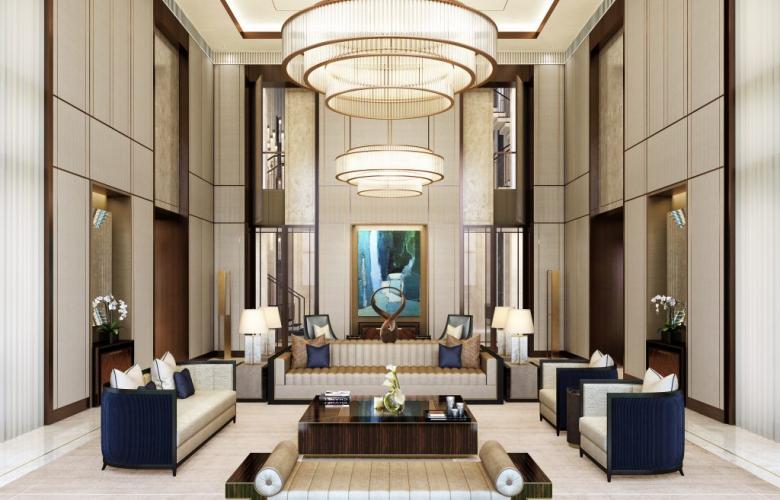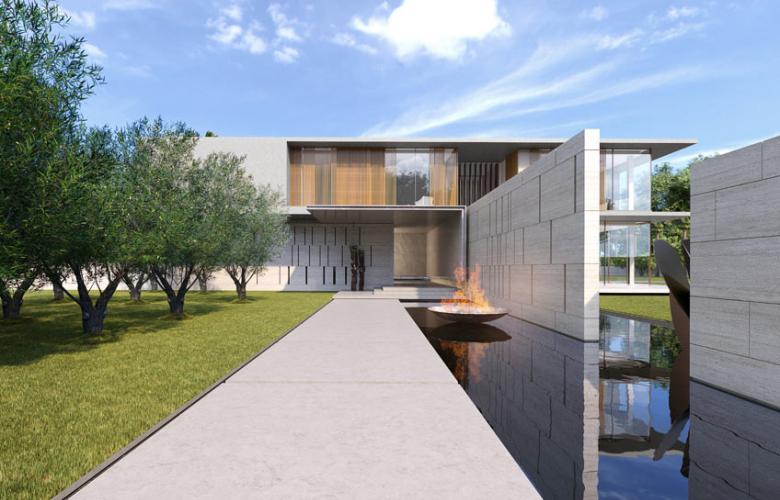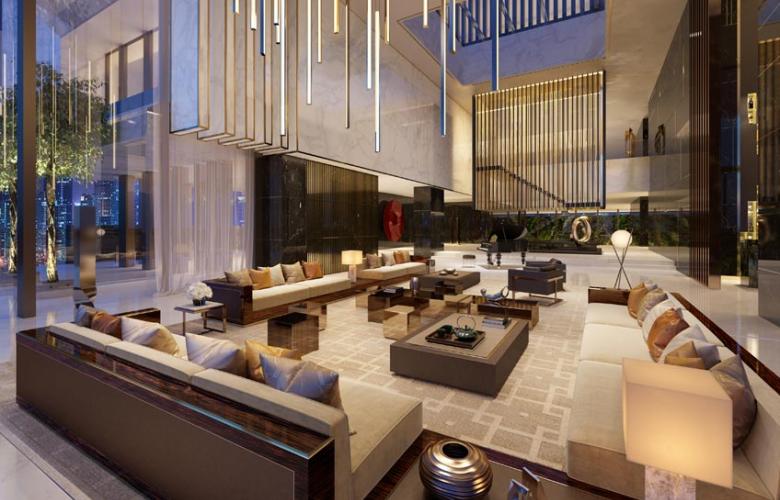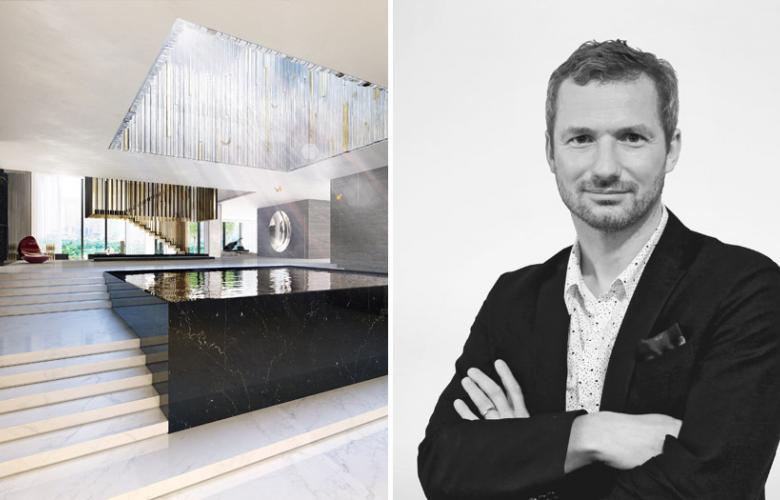HBA Residential has been at the forefront of luxury hotel design offering architectural, interior design and FF&E design services. Since clients are approaching them to design residential projects in the same vein as their hotel projects, HBA now offers bespoke, unique offerings to ultra-high-net-worth clients. HBA Residential Partner and Global Principal, Chris Godfrey, told Compelo how the studio’s business model works to offer services to clients across multiple time zones. He said, “From the outset, we’ve always planned to have three epicentres that allow us to be only a few hours’ flight to a project anywhere in the world. We will have three studios but work as one team, which means we can easily cover a wide range of time zones and service our globetrotting clients from wherever they travel.” He continues, “Our vision is to stay small and intensely focused, without growing too large, which allows us to work with a select number of clients and be reactive but controlled, delivering everything yet still managing everything.”
Looking to expand in the Asian market, HBA set up a Singapore base. Godfrey says, “In Asia, larger plots of land are available for development than in many other parts of the world. We’ve built an understanding of Chinese culture and their needs and aspirations so that now we know how to do things the Asian way. This has proven quite beneficial in establishing our second studio since there is now so much Chinese investment in London.”
“We’re designing a new-build house in an exclusive Hong Kong neighbourhood at The Peak, the highest point of the island, and we’re just completing the interiors for one of three penthouses within a new super-luxury development at the site of the Beijing Olympic Park. Offering breathtaking views of the venue from the 27th floor of Tianyuan Xiangtai Tower, they will be amongst the most expensive private residences in Beijing.
“From what I understand, the country’s national climate commitment has called for 50% of all new buildings constructed by 2020 to be certified as “green” buildings. Following through on these commitments would grow the country’s green building sector from five to 28% by 2030. 85% of the country’s green buildings have been completed in the past five years as evidence of China’s commitment.
“We see ever-increasing levels of environmental awareness and social responsibility. There continues to be a significant movement towards preservation and ecology. We are currently designing a project in the foothills of the Great Wall; just a couple hours from Beijing, it’s as sensitive and progressive as any of my previous work.”
When discussing HBA’s design process, Godfrey told Jing Daily, “We try and source locally where relevant and try only to bring in what we have to. In each case, we try to understand and moderate what was there before and to try to bring a fresh eye. So that can be culture, can be personal, can be from people’s collections of art and objects that often form the basis of our designs. Often people are collectors or have the ambition to become collectors. So heritage is something cultural and personal that we respond to. We try to avoid trends. I think stylistically the commonality is to move increasingly towards an international style and to have references to culture in the past but to be quite subtle. I see an increasing demand for subtlety, as opposed to being overtly ostentatious. Contemporary design seems to be continuing to gather interest, whereas historically I think more classical, Baroque design styles were predominate. There is more of a demand for the simpler. Luxury, refinement can be reductive, can be more simple. That’s something that fits our basic way of thinking well. You can achieve luxury through simplicity, not through ostentatiousness.”
Sources: Compelo, Jing Daily
See also:
Portfolio of charming heritage Singapore Shophouse for sale
Derby Court, Singapore collective sale site sold for $73.88 million
The highest density of ultra-wealthy individuals is found in Monaco, Geneva and Singapore.












